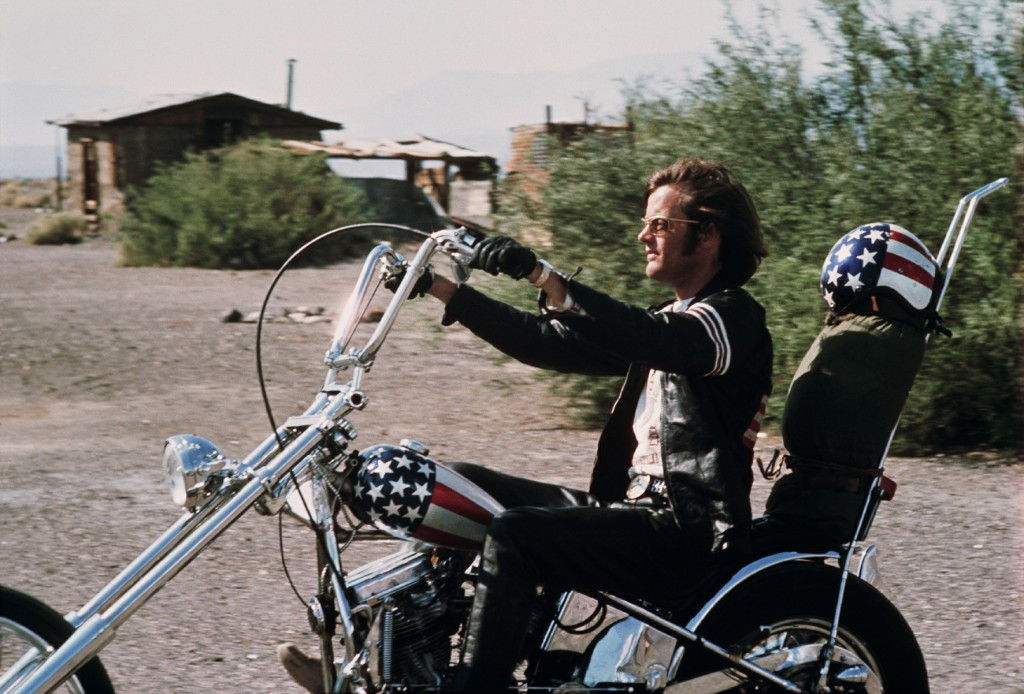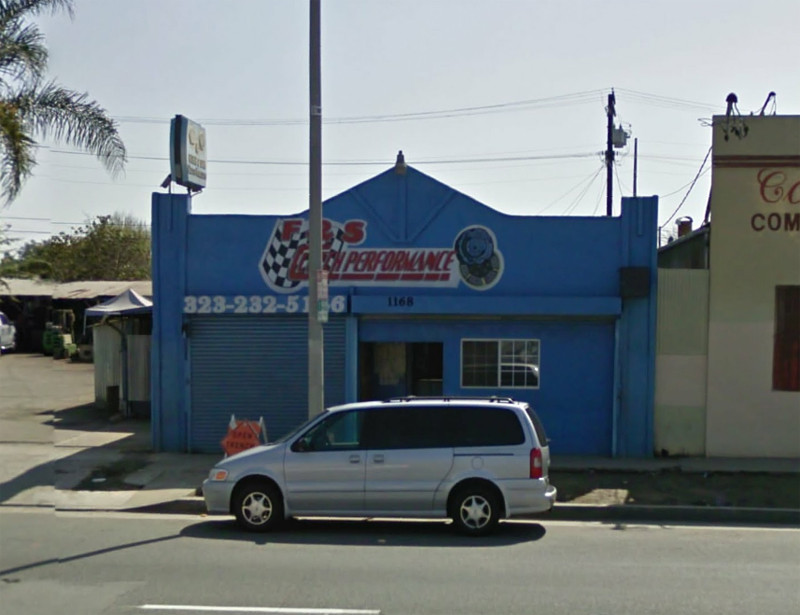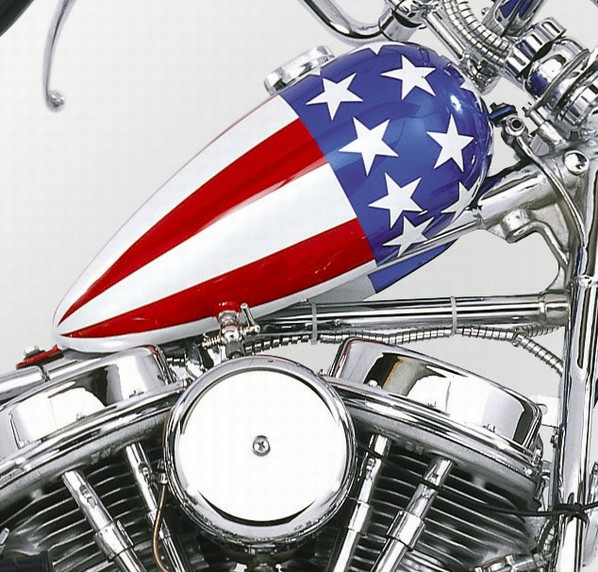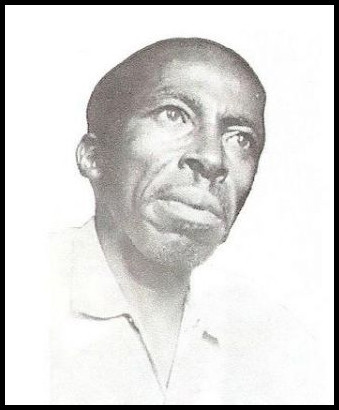Dennis Hopper famously said, “98 percent of all creation is accident, and 1 percent is intellect.” While perhaps a bit of an overstatement, especially considering his well-documented lifestyle, there’s a kernel of truth in the idea that sometimes the most impactful creations arise from unexpected places. In the world of custom motorcycles, this blend of chance and intention is certainly evident. From the detailed builds on shows like American Chopper to mind-blowing custom creations at bike shows, the dedication and skill in crafting a rideable two-wheeled machine is undeniable. For many, the dream of building a custom bike remains just that – a dream. But for some, this aspiration becomes reality, giving birth to unique machines that capture the imagination.
When discussing iconic custom motorcycles, one bike stands head and shoulders above the rest: the “Captain America” chopper from the film Easy Rider. It’s a motorcycle instantly recognizable even to those outside the bike scene. While bikes from movies like The Great Escape and Evel Knievel’s machines are notable, the Easy Rider bike possesses a cultural resonance that’s unmatched.
 Captain America Bike from Easy Rider
Captain America Bike from Easy Rider
The Captain America bike from the movie Easy Rider, showcasing its iconic design and American flag motif.
This wasn’t just any motorcycle; it was a repurposed 1950s panhead Harley-Davidson, stripped from its police bike origins. Peter Fonda acquired four of these ex-police bikes, ranging from 1952 to 1954, specifically for the movie. The transformation that followed was radical. The bike featured an extreme rake, absent front fender, and no rear suspension. Even for those who aren’t traditionally drawn to choppers, the “Captain America” bike commands respect. Its teardrop gas tank and king and queen seat are classic chopper elements, while the complete lack of rear shocks and front brake contribute to its rebellious aesthetic. It’s arguably the most famous motorcycle ever to grace the silver screen, profoundly influencing riders and custom builders alike. It ignited a desire for customization and contributed significantly to motorcycle culture.
The Unsung Hero Behind the Easy Rider Bikes
The creation of the Easy Rider bikes is shrouded in some mystery, with various individuals claiming credit. Some accounts point to Dan Haggerty, who appeared in the film. Others suggest the painter’s son attributed the build to his father. Even Peter Fonda himself has been mentioned in connection to their construction.
However, the true craftsman behind these legendary motorcycles was a man named Ben Hardy. Hardy, an African American builder, was a respected figure within the Los Angeles Harley-Davidson community. When Cliff Vaughs, tasked by Fonda with overseeing the bike builds, needed a skilled hand, he turned to Hardy. Vaughs recognized Hardy’s expertise and reputation for building exceptional bikes.
Ben Hardy, the builder of the iconic Easy Rider motorcycles, pictured with one of his creations.
Ben Hardy’s role in creating the Easy Rider motorcycles in 1968 often goes unacknowledged. He was instrumental in building what are arguably the most famous bikes in cinematic history. Peter Fonda’s primary request for the “Captain America” bike was the inclusion of the American flag on the gas tank. Beyond this, the design direction was entrusted to Cliff Vaughs, who then relied on Hardy’s skills to bring the vision to life.
Interestingly, the “Billy Bike,” ridden by Dennis Hopper in the film, was designed to be more rider-friendly than the “Captain America” bike. Given Fonda’s riding experience and Hopper’s relative inexperience, this design choice was likely deliberate. The “Captain America” bike, with its extreme rake, extended forks, and lack of front brakes, demands a skilled rider. It’s a far cry from a beginner-friendly machine.
“Easy Rider” and the Language of Motorcycles
The very title, Easy Rider, was suggested to Fonda by Cliff Vaughs, a term with layered meanings. In the early 20th century, “Easy Rider” referred to someone who took advantage of others. Dennis Hopper interpreted it through a different lens, connecting it to a man living off a prostitute’s earnings, an interpretation he drew from a Mae West film. Regardless of Vaughs’ intended meaning, Easy Rider redefined the term in popular culture. Today, the phrase is inextricably linked to Harley-Davidson riders and the spirit of the movie. Mention “Easy Rider,” and images of Harleys and the open road immediately come to mind.
Vaughs’ vision was quickly translated into reality by Ben Hardy. Peter Fonda’s acquisition of four 1950s panhead police bikes from auction provided the raw material. These were delivered to Hardy and Vaughs. Jim Buchanan fabricated the frames, while Dean Lanza handled the paintwork (though his son also claims his father built the bikes). Two bikes were designated for filming, and two others were prepared for the movie’s dramatic final scene. Hardy then set to work, solidifying his place in motorcycle history.
 Ben Hardy Shop Today
Ben Hardy Shop Today
The modern-day location of Ben Hardy’s shop, a testament to his enduring legacy in motorcycle culture.
Ben Hardy passed away in 1994, while Cliff Vaughs is still alive today. Both men, despite their pivotal roles, have not received the widespread recognition they deserve for crafting what many consider the most famous motorcycles in the world. Ben Hardy’s original shop still stands in Los Angeles, a quiet monument to his contribution.
 Captain America Teardrop Gas Tank
Captain America Teardrop Gas Tank
A close-up of the Captain America bike’s teardrop gas tank, a signature element of its iconic design.
So, the next time you’re at a gas station, fueling up your own ride, take a moment to remember Ben Hardy and Cliff Vaughs. Their contribution to Easy Rider was as significant as anyone else involved in the film, and they were the masterminds behind arguably the most famous motorcycles ever created.

 Ben Hardy Easy Rider Bike
Ben Hardy Easy Rider Bike